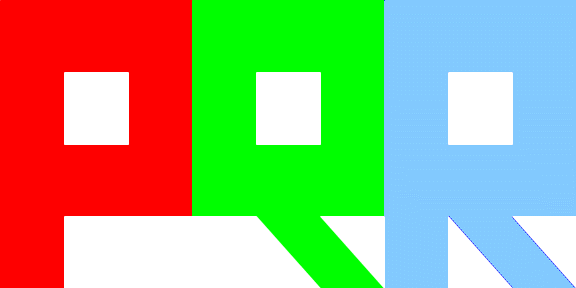

SEARCHING FOR THE ULTIMATE ANSWER...
PQR THEORY
WHY PQR?
There is nothing new to be discovered in physics now. All that remains is more and more precise measurement.
–William Thomson, Lord Kelvin (1900)
As indicated by this (possibly apocryphal) quote, physicists towards the end of the 19th century thought they had satisfactorily explained the experimental observations they were able to make using Victorian technology. With the help of Newton’s laws of gravity and motion, and the later work of Maxwell and others in electrodynamics and thermodynamics, they had evolved a coherent model of reality. This “classical” model was based upon the well-understood idea of a three-dimensional continuous (“Euclidean”) space, supplemented by a fourth dimension representing time. Each dimension operated independently of the other three. At the scale of everyday phenomena, this model generally agreed well with reality; any errors were considered to lie within the limits of experimental accuracy of those days.
Early in the 20th century however, came a growing realization that this model became inaccurate at very small scales, and also at speeds close to that of light. Einstein showed that matter and energy are equivalent, and that time and space are so interrelated that they could not be considered independently. Instead they form a four-dimensional “space-time” whose fabric is “warped” by the presence of matter, causing the phenomenon of gravity. Einstein’s theories of Relativity have proven very accurate in modeling the distortions of space-time caused by velocity and gravity. For example, the atomic clocks on board GPS satellites are specially adjusted to allow for these “relativistic effects”. Without these adjustments the navigation system in your car would “drift” about quarter of a mile every hour, making it useless for all but the shortest journeys. Relativity theory also explains, to a remarkable degree of accuracy, the minute distortions that astronomers have observed in the light coming from distant stars.
At the other end of the physical scale, as advances in 20th century technology allowed scientists to probe the interior of the atom, Quantum mechanics was born. This studies the behavior of matter and energy at the subatomic level, where these two concepts tend to merge. At these tiny scales particles of matter/energy do not have a definite position, and instead they have to be considered as “smeared-out” waves of probability in space and time. You can never know exactly where or when an experiment will detect a particle. The more accurately you try to measure its position, the less accurately you will be able to determine its wavelength. Likewise, the more accurately you try to measure its energy at a given time, the less accurately you will be able to determine the time when the measurement is made. These uncertainties do not arise from deficiencies in the measuring equipment, but from the fundamental nature of matter and energy. Your measurements will always be at least as “fuzzy” as the quantity you are trying to measure (and to make matters worse, the act of measurement will tend to influence the system being measured). There appears to be a fundamental limit to how much information you can extract from a particle, no matter what quantity you try to measure.
Despite these philosophical difficulties, Quantum theory has proved extremely accurate at modeling the inner space of the atom, just like its sister Relativity has proved in outer space. And in between, at everyday terrestrial scales, both these theories merge into the tried and true classical model of Physics.
So where is the difficulty? The problem is that the Quantum model and the Relativistic model are incompatible, even though their predictions both coincide at the classical level. Relativity does not work at the quantum level, and Quantum theory does not work at large scales (in particular, it fails to account for gravity). Neither model is the unified “Theory of Everything” which physicists, mathematicians and philosophers have long sought. PQR attempts to bridge this gap and harmonize these two theories, both of which have proven very successful within their own fields, into one coherent whole. The key is a philosophical concept that can be traced back to the Pythagorean School of ancient Greece: the idea that “All is number.”
Nick Mitchell, January 2009